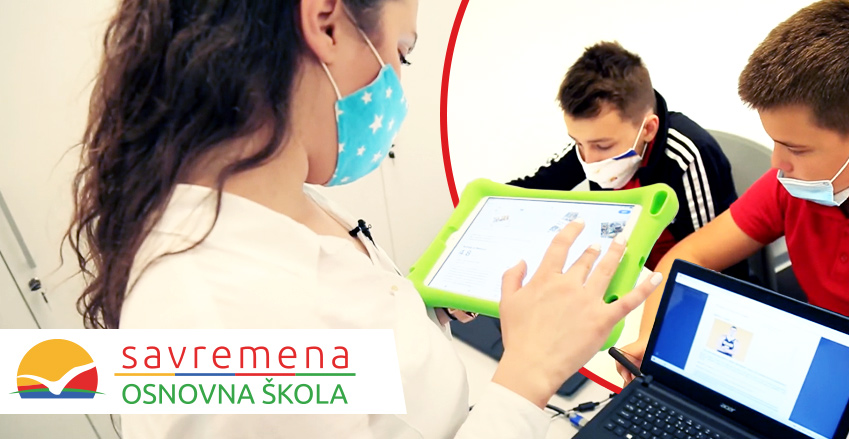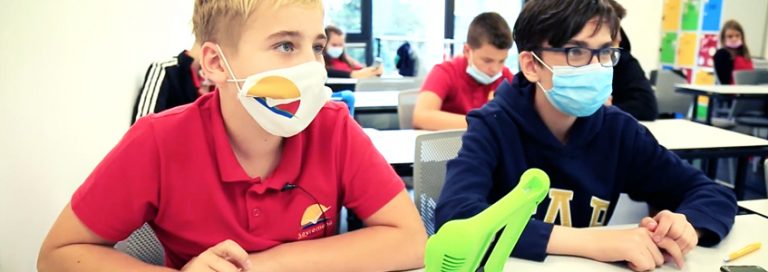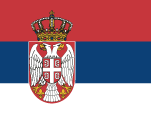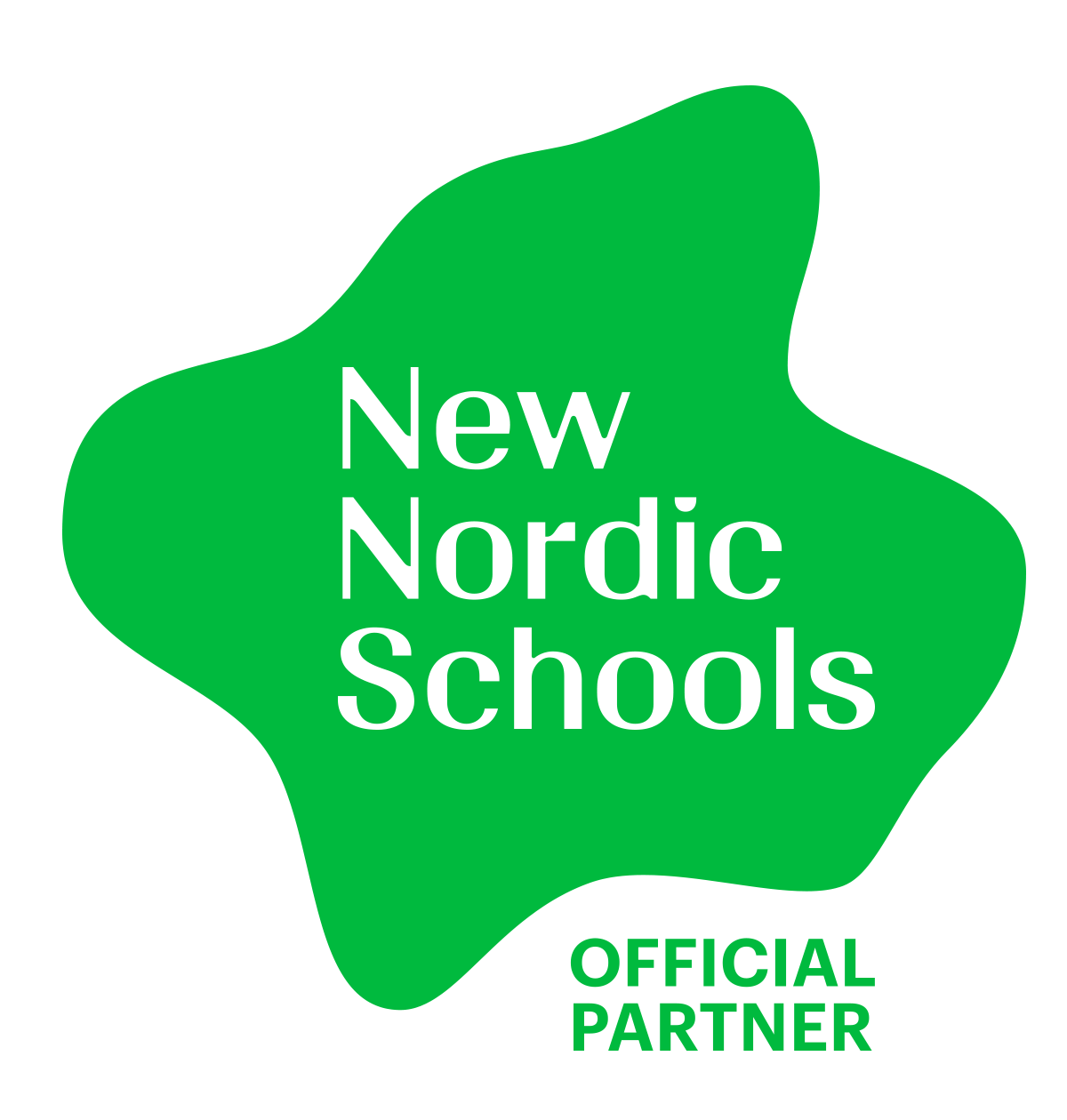
A truly different maths test
Sasa Zdravkovic / / Blog, I-IV, Kombinovani, Nacionalni, V-VIII / November 19, 2020
A truly different maths test
We use life situations to find mathematical solutions
At our truly different primary school, teachers strive to provide students with daily challenges designed to not only test the children’s knowledge level, but also to awaken their motivation and desire for teamwork and success.
An example of such a practice is an unusual maths test designed to imitate a life situation. As it happens in life – there is no exact formula for solving a problem. However, there is something that gets you out of trouble. This is exactly what Savremena’s little ones had to look for before writing down the mathematical solutions.

Guided by team spirit and competitiveness, they used previous mathematical knowledge and the advantages of information technology. Mathematics plus equation research led them towards the answer. Check out the test and the students’ feedback.
Previous maths knowledge combined with information found online
What’s Nikola Jokić’s basal metabolism? How many calories does he burn during a game and how much does he have to eat to counterbalance this energy loss? These questions were the segment of the assignment for which the students had to do online data research. Although this is an open-type test where there is no exact answer, the students have to do serious research and calculations; but they do this in a relaxed atmosphere with lots of laughter.
Students particularly highlight the topicality of the content and the opportunity to learn mathematics through play. In fact, this is more than maths.
STEAM learning – interdisciplinary learning for the future
STEAM (Science, Technology, Engineering, Arts, Mathematics) is an education concept that refers to student development in five very important academic disciplines: science, technology, engineering, arts and mathematics. This approach is equally effective for each of the mentioned areas, primarily because it is based on the development of creativity, innovation and critical thinking. This is precisely what makes maths lessons interdisciplinary.
STEAM learning is best suited for children aged 7 to 14. Children of this age are naturally curious, which makes them perfect little scientists and engineers. Through inspiring lessons in a specially designed environment, your primary or secondary school student will be encouraged to do research, ask questions, be systematic and creative, and develop his/her logical thinking skills.
By participating in interesting projects, this time in mathematics, children create a foundation for efficient development in different fields.
STEAM učenje – interdisciplinarno učenje za budućnost
Koncept STEAM (Science, Technology, Engineering, Art, Mathematics) koncept obrazovanja upućuje na usavršavanje školaraca u 5 veoma važnih akademskih disciplina: nauci, tehnologiji, inženjeringu, umetnosti i matematici. Ovakav način školovanja podjednako je efikasan za svaku od pomenutih oblasti, pre svega jer se bazira na razvijanju kreativnosti, inovativnosti i kritičkog mišljenja. Upravo to čini i same časove matematike interdisciplinarnim.
STEAM učenje najbolju primenu ima upravo kod dece uzrasta od 7 do 14 godina. Poznato je da su deca u ovom periodu odrastanja prirodno radoznala, što ih čini malim naučnicima i inženjerima. Kroz podsticajne časove u specijalno dizajniranom okruženju vaš osnovac ili srednjoškolac biće podstaknut na istraživanje, postavljanje pitanja, sistematičnost, kreativnost i logičko razmišljanje.
Kroz savladavanje zanimljivih projekata, ovoga puta iz matematike, deca stvaraju temelj za efikasnije usavršavanje u brojnim oblastima.




